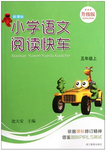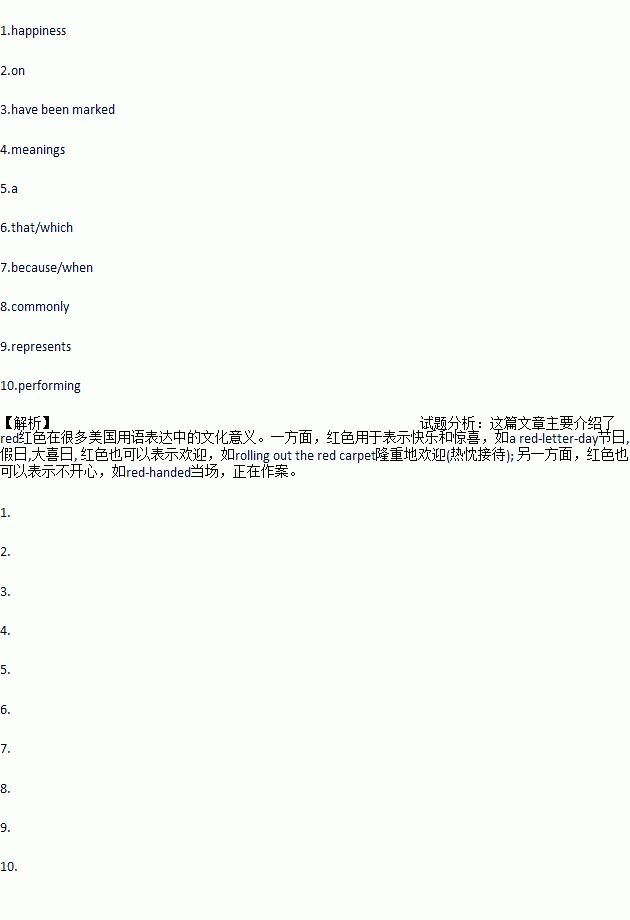One of my first memories as a child in the 1950s was a discussion I had with my brother in our tiny bedroom in the family house in Bethlehem, Pennsylvania.
We had heard in school about a planet called Pluto. It was the farthest, coldest, and darkest thing a child could imagine. We guessed how long it would take to die if we stood on the surface of such a frozen place wearing only the clothes we had on. We tried to figure out how much colder Pluto was than Antarctica, or than the coldest day we had ever experienced in Pennsylvania.
Pluto, which famously was downgraded from a “major planet” to a “dwarf planet”(矮星) in 2006, captured our imagination because it was a mystery that could complete our picture of what it was like at the most remote corners of our solar system.
Pluto’s underdog discovery story is part of what makes it so attractive. Clyde Tombaugh was a Kansas farm boy who built telescopes out of spare auto parts, old farm equipment and self-ground lenses. As an assistant at Lowell Observatory in Flagstaff, Arizona, Tombaugh's task was to search millions of stars for a moving point of light, a planet that the observatory’s founder thought existed beyond the orbit of Neptune. On February 18,1930,Tombaugh found it. Pluto was the first planet discovered by an American, and represented a moment of light in the midst of the Great Depression’s dark encroachment (入侵).
Pluto is much more than something that is not a planet. It’s a reminder that there are many worlds out there beyond our own and that the sky isn’t the limit at all. We don’t know what kinds of fantastic variations on a theme nature is capable of making until we get there to look.
1.Why did Pluto become famous in 2006 according to the passage?
A. Because it lost its major planet status.
B. Because it disappeared in the sky.
C. Because it was discovered by an American.
D. Because it was proved to be the coldest planet in the universe.
2.What can be a suitable title for the text?
A. An American Scientist: Clyde Tombaugh
B. Pluto was First Discovered by a Boy
C. Pluto’s Strange Romance
D. The Days I Spent with My Brother in Pennsylvania
3.What can we learn from the fourth paragraph?
A. Clyde Tombaugh discovered the darkness in the Great Depression.
B. Pluto was the only planet that was discovered by Clyde Tombaugh.
C. Clyde Tombaugh’s job was to build telescopes for Lowell Observatory.
D. Clyde Tombaugh’s telescopes used for searching stars were very simple.
4.What does the underlined sentence in the last paragraph most probably mean?
A. Pluto is no less than a planet in the solar system.
B. Pluto is much more than a planet in the solar system.
C. Pluto is more important than any other planet in the sky.
D. Pluto is not a planet in the solar system, but it is more than a planet.
 阅读快车系列答案
阅读快车系列答案
